Culture + Arts > Visual Arts
October 30, 2013
Who are you? Sonia Boyce in der ES contemporary art gallery in Meran
Verena Spechtenhauser
Persönlich habe ich sie leider verpasst. Obwohl ich sie trotzdem noch kurz kennen lernen durfte. Als Erwin Seppi mit der Künstlerin Sonia Boyce bei unserem BUSK Singer-Songwriter Festival-Info-Stand vorbeischaute. Die gebürtige Britin mit afro-karibischen Wurzeln war mir sofort sympathisch. Leider habe ich es trotzdem nicht zur Eröffnung ihrer Ausstellung „Who are you?“ geschafft und den, wie mir später mitgeteilt wurde, sehr interessanten Artist Talk nicht miterlebt.
Aber in ihre Ausstellung „Who are you?“, also „Wer bist du?“, habe ich es geschafft, zu sehen in zwei Räumen der ES contemporary art gallery in den Meraner Lauben – noch bis 2. November 2013 zu sehen und heute Abend wird im Rahmen der Ausstellung übrigens um 20.30 Uhr der Lieblingsfilm der Künstlerin “Passport to Pimlico” von Henry Cornelius aus dem Jahr 1949 vorgeführt. In einer Serie von Arbeiten bestehend aus farbigen Postern und schwarz-weißen Videointerviews lässt die Künstlerin acht MeranerInnen mit unterschiedlichen ethnischen Profilen und aus unterschiedlichen sozialen Schichten zu Wort kommen. Sie erzählen über ihre Erfahrungen und ihr Identitätsgefühl in einem mehrsprachigen und heute multikulturellen Ort, wie es Südtirol und Meran ist.
„Nur“ zwei Räume, für die die Besucher sich aber genügend Zeit nehmen sollten. Die Geschichten, die uns die Interviewten erzählen, sind so unterschiedlich wie die Personen selbst. Manche gehen auch tief und hinterlassen das Bedürfnis, sich die Videos auch noch ein zweites oder drittes Mal anzuschauen.
Linda Egger vom ES-Team hat mich durch die Ausstellung begleitet und mir viele meiner Fragen beantwortet. Den Rest habe ich die Londoner Künstlerin dann einfach via Mail gefragt. Lest selbst:
Sonia, please describe us in your words: Who are you?
I am a black British female artist, who works with other people to create artworks that look at our social situation.
With which idea did you arrive to Merano? Did you hear something about the history of South Tyrol before you decided to make a work for the ES gallery?
I was approached by the team at ES gallery, and straight away they told me about Merano and Südtirol. I understood the situation in one way, but realised it is far more complex when I came to visit. I am amazed by how there can be a dual lifestyle that everyone seems to accept. It is quite incredible that people live in a bilingual way – on one hand it shows great imagination, on another level it seems intransigent – unable to change what is a complex dual system. Quite a paradox. Most of your works are unrehearsed and improvised collaborations. Do you like to involve other people and make them part of it? Can you tell us why?
Most of your works are unrehearsed and improvised collaborations. Do you like to involve other people and make them part of it? Can you tell us why?
I have been working with other people to include them as part of the creative process for nearly twenty years. Every time I work in this way something unforeseen and unpredictable happens. It’s what gives the artwork its energy. To ask people to respond in their own way opens up the work for me. Other people’s responses always capture my curiosity, and I hope this gets translated into the artwork.
How did you find the eigth residents of Merano and was it difficult to convince the people to speak about their experiences and sense of identity living in a multicultural place?
Also, as part of working in this way I ask the arts organisations who invite me to become part of the process as well. In this instance, the team at ES gallery were actively engaged in finding people who were willing to take part. I didn’t know anyone before we began interviewing. I love that impromptu energy, and I’m really grateful for those who agreed to take part for their generosity and to the ES team for their thoughtfulness in thinking about the residents of Merano. Some of the stories are quite hard-hitting, and some have an awkward feeling. They are all very human stories.
Why did you choose to work with posters and video interviews?
In order to capture the stories interviews seemed the most logical way forward. My first thoughts when I arrived in Merano came from the graffiti on the streets and old lanes of the city. I was quite surprised that in such a picturesque place, a place that on the surface feels very comfortable, that there should be these hints of political dissent through markings on the streets. By putting the posters onto the streets they make reference to the things that people may want to say publicly.
Will you come back to Merano for another work?
I would like to do continue to develop the work in the public sphere, if I get a chance to return.
Fotos: ES contemporary art gallery Meran

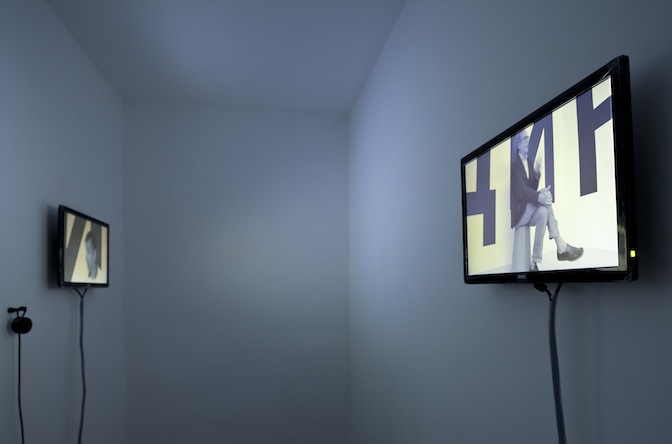
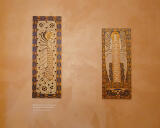
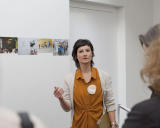



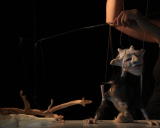






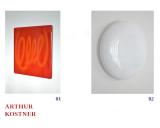
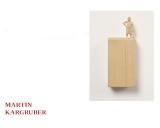
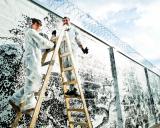
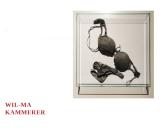
Comments